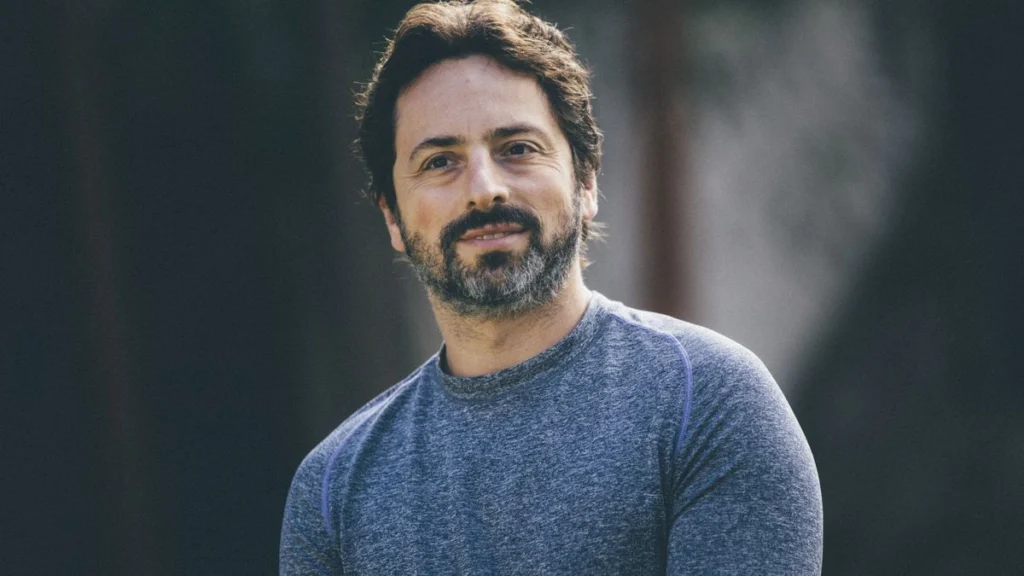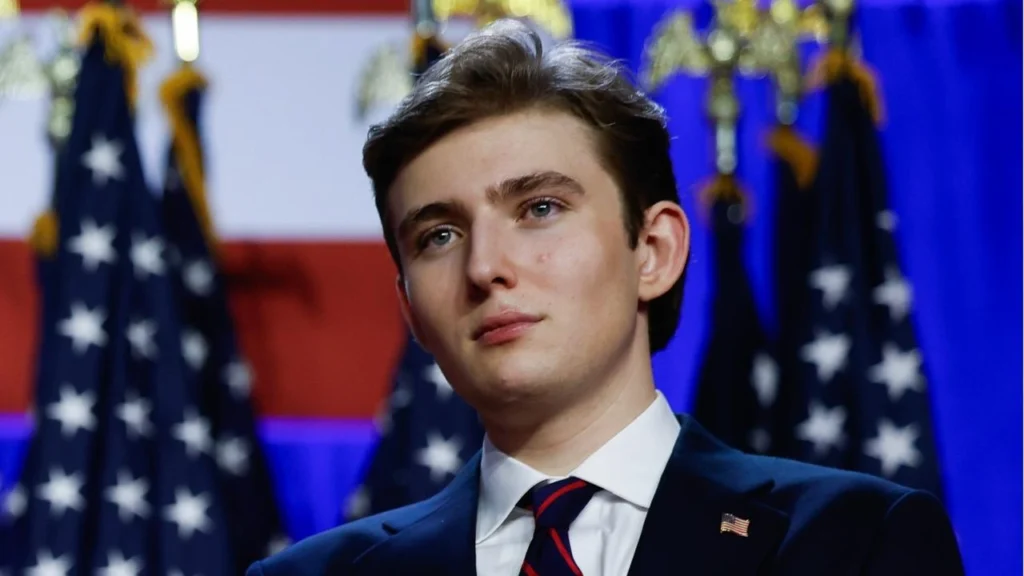Moroccan Caftan a Traditional Heritage between Past and Present
By Ibitssam Belkoutbi

Is Caftan the most beautiful attire among all other traditional wears?
Among the masterpieces of Moroccan authenticity, culture, and heritage are ancient and unique traditional things that distinguish the country from the rest of the world. Authentic Moroccan caftan, also known as kaftan or qftan, is a traditional, elegant garment worn by both men and women in Morocco. However, when people refer to the “Moroccan caftan” in a fashion context, they usually talk about the elaborate and luxurious women’s caftan.
This dress was reserved for the sultans and kings of Morocco, who made it their main dress throughout the ages. It was considered a symbol of luxury and heritage and evidence of their interest in elegance and beauty. The design and composition of the caftan are in the hands of skilled Moroccan craftsmen, who followed several stages in the manufacture of this garment, from luxurious fabrics such as silk, satin, or brocade.
Caftan was reserved for the sultans and kings of Morocco, who made it their main dress throughout the ages.
It is known for its elaborate embroidery, beading, and intricate designs, especially around the neckline, sleeves, and hem. The caftan Is typically loose-fitting and features wide sleeves, giving it a flowing and regal appearance. Moroccan caftans are commonly worn on special occasions and events, such as weddings, celebrations, and formal gatherings. They are considered a symbol of elegance and are often chosen for their opulent and festive appearance.
Women often pair the caftan with traditional Moroccan jewelry, such as elaborate necklaces, bracelets, and earrings. A matching belt or sash may be worn to cinch the waist and add a finishing touch to the overall look. There are various styles and variations of the Moroccan caftan, with differences in colors, fabrics, and embellishments. The caftan can be worn in different ways, with some variations having a hood or a more fitted silhouette.
History and Origin
The caftan is deeply rooted in Moroccan culture and has been worn for centuries. It reflects the country’s rich history and craftsmanship. The caftan has its roots in the traditional clothing of the Ottoman Empire, where Ottoman influence on Morocco, especially during the Saadian and Alaouite dynasties, played a crucial role in shaping the country’s culture and fashion.
Morocco also has a strong Berber (North African indigenous people) heritage, where elements of traditional Berber clothing have contributed to the design of the caftan and Berber textiles, embroidery techniques and patterns have influenced the motifs and embellishments found on the caftan.
The Caftan has its roots in the traditional clothing of the Ottoman Empire, where Ottoman influence on Morocco, especially during the Saadian and Alaouite dynasties
On the other hand, the Islamic influence on Moroccan culture contributed to highlighting the modest and loose style of the caftan. Islamic traditions in dress played a role in shaping the overall design, with an emphasis on covering the body gracefully and elegantly embodies the values of morals and modesty.
During the French and Spanish colonial period in Morocco, European fashion trends had their influence on the caftan. This effect is particularly evident in the use of some fabrics, colors, and decorations.
The caftan has also been historically associated with the Moroccan royal court and aristocracy. It was often worn by women of high social status during special occasions and celebrations. The design and materials used in the caftan were often an indicator of the social status of the wearer and over time, the caftan evolved to include modern elements while maintaining its traditional essence. Contemporary kaftans often feature a mix of traditional and modern fabrics and innovative designs. They are not only worn on special occasions but have become a popular choice for weddings, festivals, and formal occasions.
In recent years, the Moroccan caftan has gained international fame and popularity. Fashion designers around the world have incorporated elements of the kaftan into their collections, and the garment is often seen on red carpets, at fashion events, and international festivals and events.
Finally, The Moroccan caftan is not just a garment, it is an authentic, elegant, and timeless piece of art that captivates people in Morocco and abroad, is often passed down through generations, and remains a symbol of Moroccan identity and cultural pride that must be preserved.
Wearing Experience
This traditional outfit is among my favorite clothes for all occasions, especially at weddings, so I wear the finest types of caftans and choose elegant dresses and colors that suit my shape. Since I was young, I have had the most beautiful moments with this traditional outfit. I was fascinated by the rich fabric of Moroccan culture that surrounds me. I have developed a deep and strong appreciation for the traditional clothing worn by women in my community, and one garment, in particular, has a special place in my heart, the “Moroccan caftan.”
My fascination with the kaftan began at an early age when my mother would share with me stories of the intricate designs, the art of embroidering the dresses, and the vibrant colors that adorn these traditional dresses. Then it became clear to me that the caftan was not just a piece of clothing; it was a symbol of heritage, craftsmanship, and the beauty of Moroccan art.
When I grew up, my aunt gave me a beautiful caftan that was passed down through the generations. The dress was a stunning mix of silk and satin, adorned with delicate embroideries and accented with metallic threads that sparkled in the sunlight. At that time, I felt a deep connection to my roots whenever I wore the kaftan as if I was carrying a piece of my family’s history with me.
My fascination with the kaftan began at an early age when my mother would share with me stories of the intricate designs, the art of embroidering the dresses, and the vibrant colors that adorn these traditional dresses.
Over the years, my love for the Moroccan caftan deepened so I began to wear it for every occasion. When occasions approached, I would go to the crowded markets of Marrakesh, where I live, and spend hours searching for the right caftan for me, where skilled craftsmen made the caftans with meticulous attention to detail. I marveled at the skilled hands that transformed the fabric into works of art, where each stitch told a story of ancient Moroccan tradition and culture.
Thus, the legacy of the caftan continued, making its way through the timeless cultural fabric of Morocco. The cost of a Moroccan caftan can vary greatly depending on several factors such as the quality of materials, craftsmanship, embellishments, and designer or brand. In Morocco, you can find caftans at different prices ranging from a few hundred to several thousand Moroccan dirhams. If you are looking for a high-end, designer kaftan with intricate details and luxurious fabrics, the price will likely be on the higher end of the spectrum.
Once, I went to the market and chose a caftan for myself for $100, manufactured with modern designs while maintaining some traditional materials. Hence, I was looking for a dress and color that would suit my skin tone, considering the elegant appearance that would add a special beauty to my personality. I felt comfortable wearing this kaftan, and the front slit at the bottom gave me plenty of room to move any way I wanted.
In international or online markets, Moroccan caftans may be priced in different currencies, and the cost can also vary based on import taxes, shipping fees, and other factors. If you have a specific kaftan in mind, it is recommended to check local boutiques, designers, or online retailers for accurate pricing information.
You may be interested to read other articles in Magnav Magazine such as Understanding the Attire Enigma in Pakistan’s Women, Scale the External and Spiritual Attractiveness in Women, Womanhood in the East, and The Dilemma of Modern Women.


